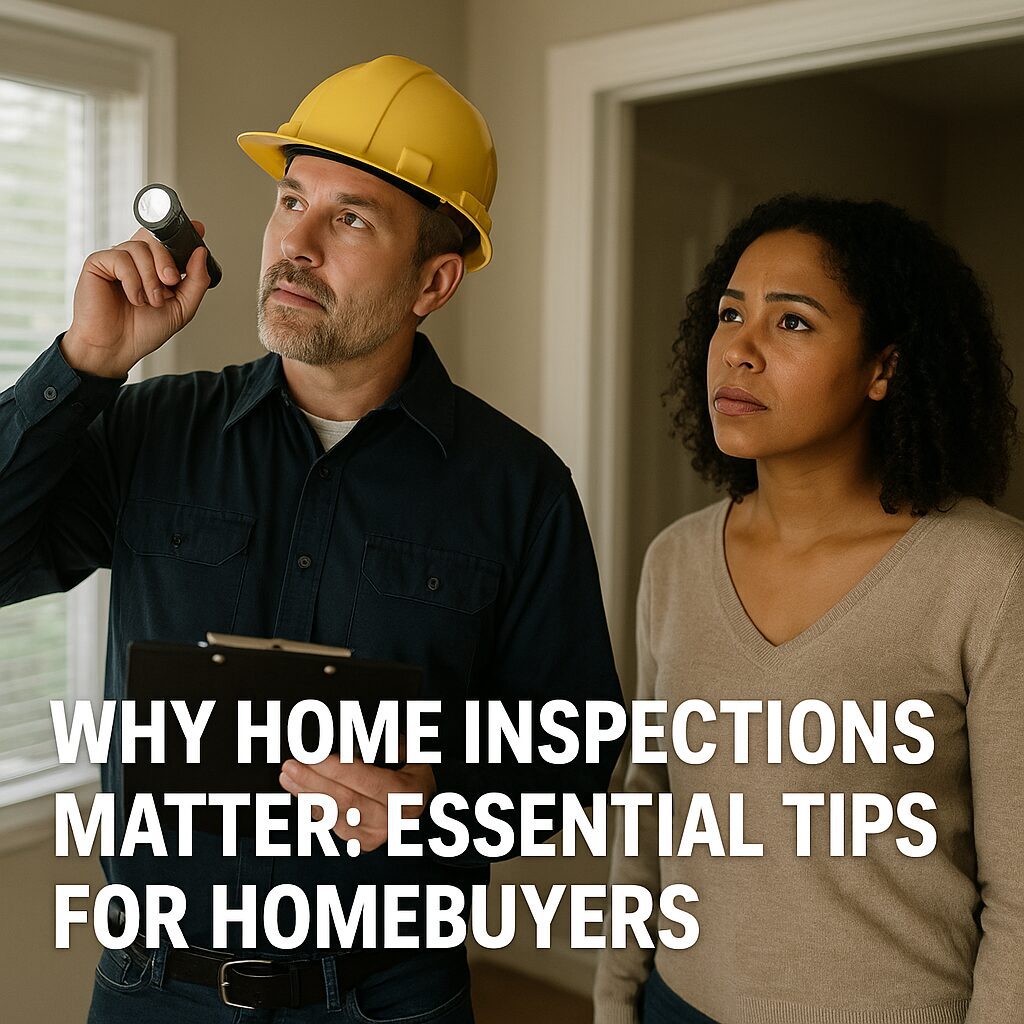When talking about the real cost of buying a home, the conversation often begins and ends with the down payment. But dive a little deeper, and you’ll find a treasure trove of contributions that make up the full picture. Forget the blinkers—owning a home is about understanding the entirety of expenses lurking beyond the initial down payment.
The Real Cost of Buying a Home: Exploring the Full Spectrum of Expenses
When talking about the real cost of buying a home, many people fixate on the down payment alone. But the down payment is just the tip of the iceberg. The real cost of buying a home includes a range of hidden and ongoing expenses that can catch even savvy buyers off guard. From closing costs to long-term maintenance, understanding all the financial components is critical.
If you’re preparing to purchase a home, it’s essential to look beyond what’s advertised. The real cost of buying a home goes deeper than what most first-time buyers expect. Ownership means committing to more than a mortgage—it’s about budgeting for the full spectrum of home buying costs, both upfront and ongoing.
From closing costs to moving expenses, there is more to buying a home than meets the eye. The down payment might be the headline act, but the ensemble cast includes a variety of other expenses that need equal billing. Think of things like home inspection fees, insurance, and not forgetting those sneaky but essential ‘just-in-case’ small repairs.
Consider Jane and Mike, who planned for a 20% down payment but were surprised by additional costs amounting to nearly 5% of their home’s total price. Understanding these hidden costs can save you from unplanned financial surprises. Ready to pull back the curtain? Let’s explore.
1. Closing Costs: The Silent Bump
So, the down payment doesn’t cover everything. Enter closing costs, often running between 2% and 5% of the loan amount. These are necessary fees required to complete a real estate transaction.
Let’s consider transaction fees, appraisal costs, and the ever-so-enjoyable attorney fees. Imagine buying a $300,000 home and being blindsided by an extra $9,000 in closing costs. Why the invisibility cloak? Because these aren’t as prominently advertised. Be informed, not surprised.
For more on closing costs, Bankrate provides an excellent breakdown.
2. Prepaid Costs and Insurance
Did someone say prepaid costs? Before settling into your new home, be prepared to dish out insurance premiums and tax dues upfront. Mortgage lenders often require you to prepay certain expenses like homeowners insurance and property taxes into an escrow account.
For example, John was astonished to learn he needed to escrow six months of taxes and premiums. These aren’t just formalities. They ensure your home’s insurance and taxes are paid, protecting both you and your lender. Learn more about these essential aspects in detail on Investopedia.
3. Moving and Renovation Costs
You might have the keys, but how do you get all your stuff there? Moving expenses can be steep, from hiring professional movers to renting trucks. Carmen recently spent over $3,000 moving cross-country, a cost underestimated by many.
But that’s just opening the front door. Once inside, consider renovation or minor fix-up costs. It’s tempting to want everything perfect—fresh paint, minor repairs, maybe some landscaping. These ‘small’ changes can quickly add up, giving an unexpected facelift to your budget.
Have you thought about DIY? Or perhaps planning costs more strategically? Resources like Angi can provide alternatives to cushion the financial blow.
4. Utility Setups and Maintenance
Lights on! Wait, have you set up utilities? Often overlooked, this step includes setting up gas, electricity, water, and internet. While these aren’t exorbitant, they add up swiftly.
Post-move comes the responsibility of upkeep. Lawn care, plumbing checks, and HVAC inspections are now on your tab. Homeownership means becoming your handyman or paying someone to fix things.
A great article on The Spruce offers insights on optimizing these costs.
The Long-term Costs of Home Ownership
The journey doesn’t end at moving in. There’s insurance, potential HOA fees, and property taxes to juggle yearly. These costs don’t depreciate and require annual planning. Real estate markets fluctuate, meaning taxes might climb and so might your insurance rates.
Take Susan’s story. Two years post-purchase, her property tax increased due to neighborhood popularity. Budgeting correctly from the beginning would’ve softened that financial jolt.
Furthermore, mortgage payments include escrow for property taxes and homeowner’s insurance. Planning and forecasting with an eye on future expenses, perhaps fueled by a promotion or inheritance, can prepare you for these swings.
Creative Financial Cushioning
Think of future-proofing your finances with a solid reserve fund. Emergencies, repairs, and those pesky unexpected culprits won’t send your-headed finances across the room. Aim for at least 1% of your home’s value annually in this fund.
FAQs About Home Buying Expenses
Q: What are the usual closing cost components?
A: Title search, appraisal, attorney fees, and lender’s fee.
Q: Can I roll closing costs into my mortgage?
A: Yes, but interest accrues over time. It can increase the total expense.
Q: How much should I budget for home maintenance?
A: The 1% rule is handy; budget 1% of your home’s purchase price each year.
Q: Are property taxes on a fixed rate?
A: No. They can vary based on the assessed value of your home and local tax changes.
Understanding the Real Cost of Buying a Home: More Than the Down Payment
From closing fees to moving expenses, the real cost of buying a home includes more than what lenders promote. The down payment might be the most visible cost, but it’s far from the only one. The full breakdown includes home inspection fees, insurance premiums, property taxes, and even maintenance and utility setups—all essential elements that make up the true cost of purchasing a home.
Consider Jane and Mike, who budgeted for a 20% down payment but were hit with unexpected charges—amounting to nearly 5% more of their home’s price. This is a classic example of the hidden costs of buying a house that many overlook.
To truly understand the real cost of buying a home, buyers must factor in every component—from the moment they make an offer to years after they move in. Budgeting for the actual cost of homeownership ensures you’re financially prepared, not blindsided by surprise expenses.
Understanding the Financial Maze of Home Buying
Buying a home is a multifaceted financial commitment. Beyond the alluring down payment lies a trail of expenses waiting for discovery. Being prepared and informed is the path to not just affording a home but thriving within its walls.
Realtor.com provides additional insights on navigating this complex terrain with confidence. Budget smartly, anticipate wisely, and your home will not just be a place to live but a wise financial step forward.






